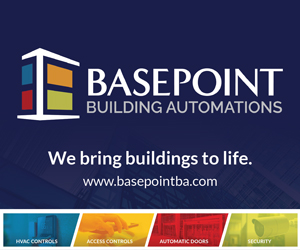Better copy, every time

.floatimg-left-hort { float:left; } .floatimg-left-caption-hort { float:left; margin-bottom:10px; width:300px; margin-right:10px; clear:left;} .floatimg-left-vert { float:left; margin-top:10px; margin-right:15px; width:200px;} .floatimg-left-caption-vert { float:left; margin-right:10px; margin-bottom:10px; font-size: 12px; width:200px;} .floatimg-right-hort { float:right; margin-top:10px; margin-left:10px; margin-bottom:10px; width: 300px;} .floatimg-right-caption-hort { float:left; margin-right:10px; margin-bottom:10px; width: 300px; font-size: 12px; } .floatimg-right-vert { float:right; margin-top:10px; margin-left:10px; margin-bottom:10px; width: 200px;} .floatimg-right-caption-vert { float:left; margin-right:10px; margin-bottom:10px; width: 200px; font-size: 12px; } .floatimgright-sidebar { float:right; margin-top:10px; margin-left:10px; margin-bottom:10px; width: 200px; border-top-style: double; border-top-color: black; border-bottom-style: double; border-bottom-color: black;} .floatimgright-sidebar p { line-height: 115%; text-indent: 10px; } .floatimgright-sidebar h4 { font-variant:small-caps; } .pullquote { float:right; margin-top:10px; margin-left:10px; margin-bottom:10px; width: 150px; background: url(http://www.dmbusinessdaily.com/DAILY/editorial/extras/closequote.gif) no-repeat bottom right !important ; line-height: 150%; font-size: 125%; border-top: 1px solid; border-bottom: 1px solid;} .floatvidleft { float:left; margin-bottom:10px; width:325px; margin-right:10px; clear:left;} .floatvidright { float:right; margin-bottom:10px; width:325px; margin-right:10px; clear:left;}
Wow, what a promise! Fortunately, it’s so simple to do that you’ll have no problem.
Most copywriting suffers from an excessive focus on features and things that are important to the company doing the selling, but may not be of any importance to prospective buyers.
Want to know how you can make sure you build in reader value and always address the “what’s in it for me” question? Use the “That means you … ” technique. An example:
“Company XYZ is proud to introduce the brand-new ‘flibbertigibbet’ with speeds of up to 3 million wink-cycles per minute and laser-tuned frequencies. That means you can now save 23.5 hours a day and reduce car emissions by half, giving yourself more time to spend with the family and a way to save the environment.”
I’m not suggesting that you actually include the “that means you” phrase in your copy. But if you build your first draft around the phrase, you can edit liberally as long as you leave the benefit that came right after “that means you” alone. It also tells you where the emphasis should be.
In our example, after editing, you would probably start that copy with: “Ready to save time and the planet?” rather than with the boring facts about how fast the product cycles. Now you are building copy from the buyer’s perspective, not yours.
Take just a second to try the technique on your next copywriting project. State a key fact or feature of your product, followed by a “That means you … ” statement. It’s a fast, easy-to-read way to connect all of your whiz-bang features with the end-result benefit your customers really care about.
Drew McLellan is Top Dog at McLellan Marketing Group and blogs at www.drewsmarketingminute.com. He can be reached at Drew@MclellanMarketing.com. © 2008 Drew McLellan







